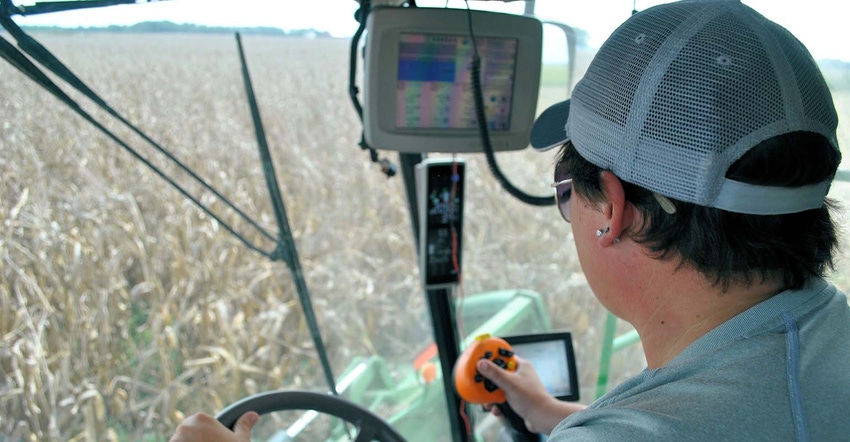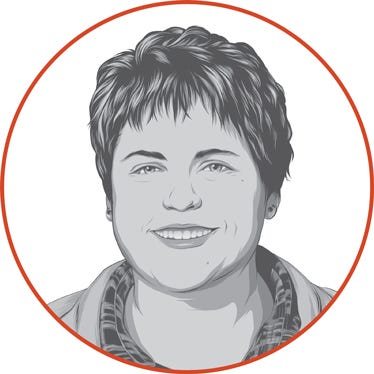
Operating the combine is a little like turning 16 and getting your driver’s license; you can study the settings and manuals but nothing compares to the freedom you feel when you get behind the wheel on your own.
Then, after a few days, the newness wears off and you settle in for a long harvest. After I tweak the combine settings and calibrate the yield monitor, my mind tends to wander. Typically, I think about the challenges we face and how we can improve during the next season.
Here is what I’m thinking about this harvest:
Split nitrogen applications will pay this year. Our 2017 corn nitrogen plan ranged from all fall application on fields I planted in March to all spring application to part spring application and part sidedress. I don’t have any nitrogen watch simulators on our fields yet, but common sense tells me that we had some leeching after 10 inches of rain in late April. Until a few years ago, we applied most of our nitrogen in the fall. We are moving in the direction of utilizing more split applications. I’m planning to watch our nitrogen applications more closely next year. It’s better for both the environment and our bottom line.
Soybean harvest will be slower because of weeds. Weed pressure in soybeans was the hottest topic of the summer. Ten inches of rain after a pre-emergence soybean application doesn’t bode well for weeds once August comes. I learned that an additional spray helped fields and we should have done more of that. It would have been worth the expense to do more spraying. Looking to next year, we are going to explore different types of soybeans and herbicides.
Cover crops are our future. My dad claims he is more excited about cover crops than any other farming practice since he started no-tilling in 1988. Dad says that a cover crop is our $300,000 4wd tractor and disk ripper. We put 25% of our acres in cover in 2016, and plan for 75% cover this fall.
The neat thing about farming is that there are thousands of ways to produce a crop. We've been no-tilling soybeans and minimum tilling corn for decades, but we are considering moving to a completely no-till system. We have seen immediate benefits from cover, like reducing erosion and weed pressure. It's said that compaction in soil can be alleviated in 3-5 years of cover crop usage.
I’ve spent several months reading and attending cover crop field days where I’ve learned more about how cover and no-till increases organic matter, increases water filtration, and builds soil health for generations. It's not a main stream concept, but it is something we want to learn more about and implement in our farming practices. We are very excited about the future and building soil health.
Harvest is the culmination of months of mental and physical work to produce a crop, but also the start of planning for the next year. I wish I knew three ways without doubt that would improve our business next year. Unfortunately, I don’t know what curveballs nature or the markets will throw at us next year. Every farm business is different, and what works for me might not work for you. The important thing is to reflect on what worked and didn’t work this year, and make necessary changes to improve next year.
The opinions of the author are not necessarily those of Farm Futures or Farm Progress.
About the Author(s)
You May Also Like






